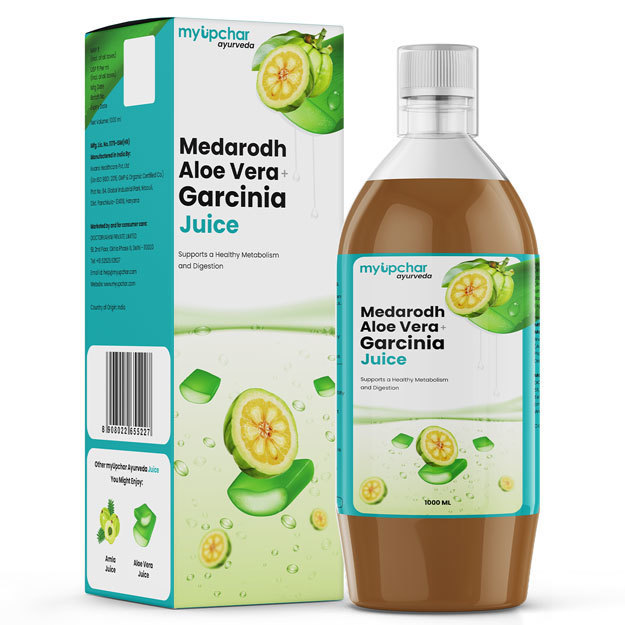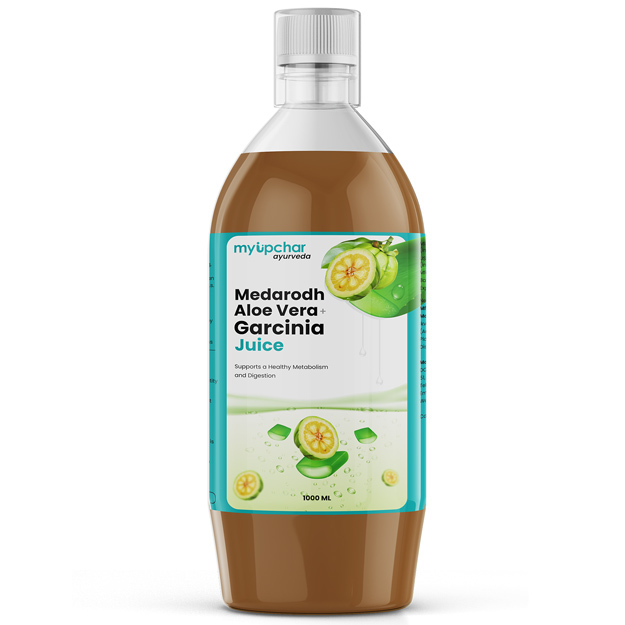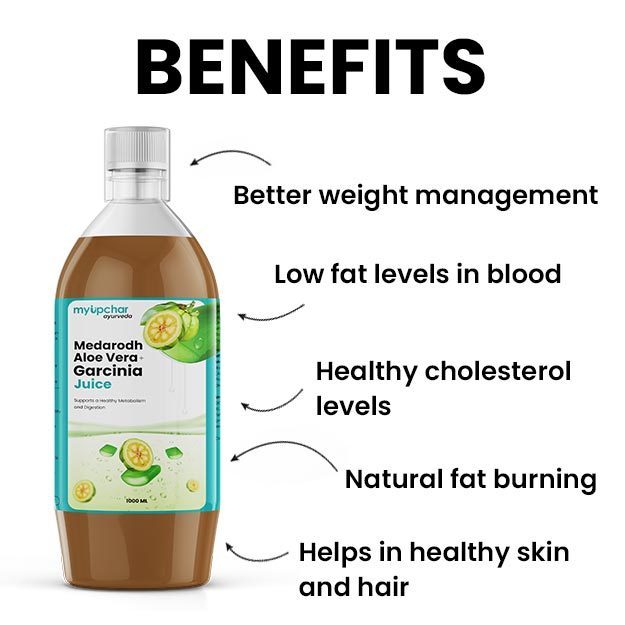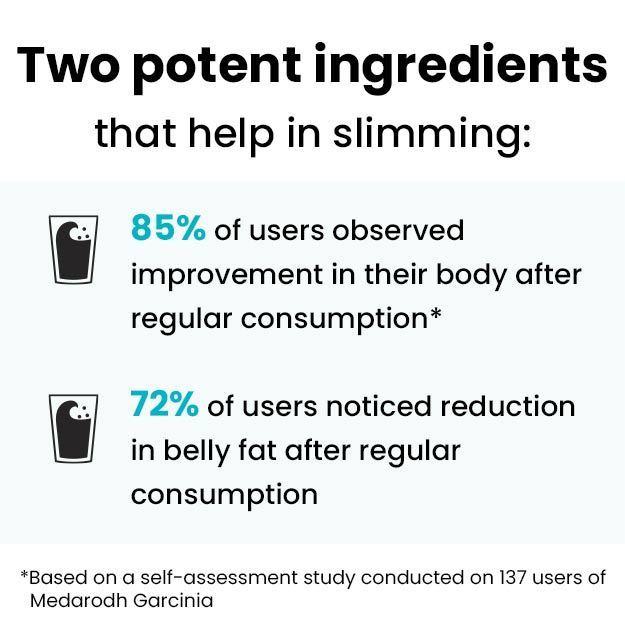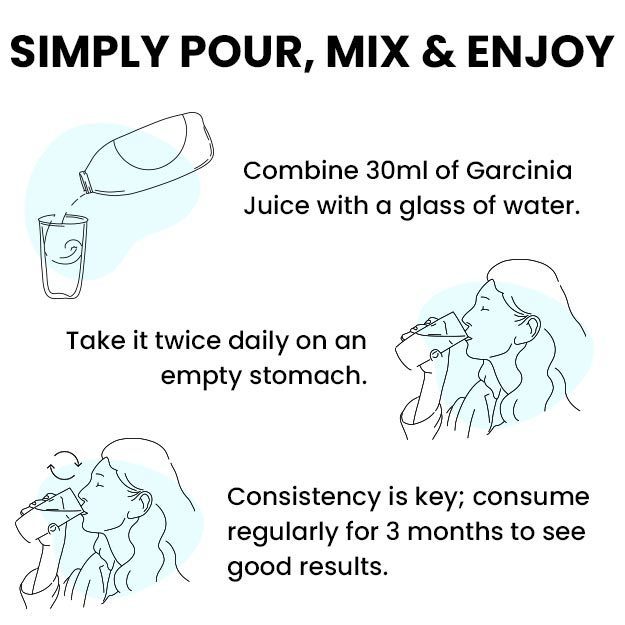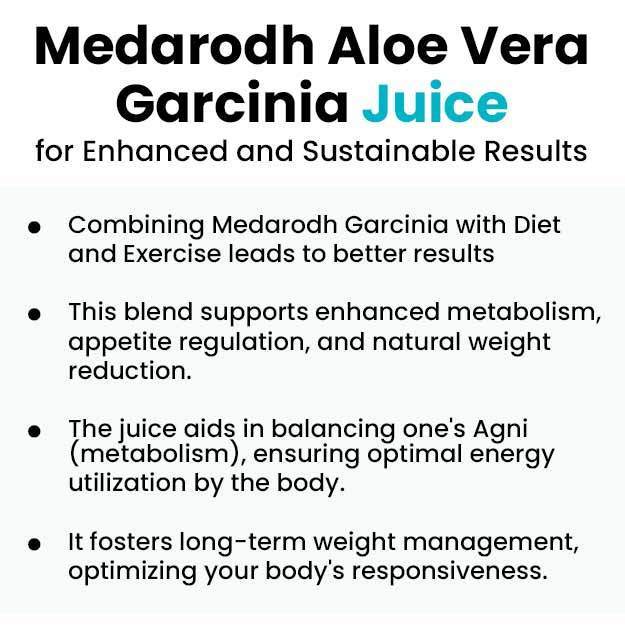Running is the most common, natural movement after walking, and has been so since perhaps humans began moving on two feet. Besides its youthful significance, the benefits of running or jogging is beyond any miracle in terms of health benefits. It reduces the risk of heart disease, maintains cardiovascular health as well as prevents many other physical ailments. According to many experts, exercising is a natural medicine to humankind, and running is the most basic form of exercise.
You can run to lose fat, train hard a healthier lifestyle or excel at the sport you are good at. Studies confirm that runners live a longer life than those who do not. While many think running is only an activity to be engaged in to stay in shape, it has several health benefits as well.
Running or jogging is highly recommended to increase the functioning of your heart and lungs. This activity allows your heart to pump at a higher rate and fills your lungs with more oxygen. Even a short run can positively affect your physical health, besides being advantageous to your mental health.
An active person is naturally healthier than one leading a sedentary life in all aspects. Besides all its health benefits, running is an activity that can free up the mind as well as the tense muscles you have been feeling from tiring days at work.




